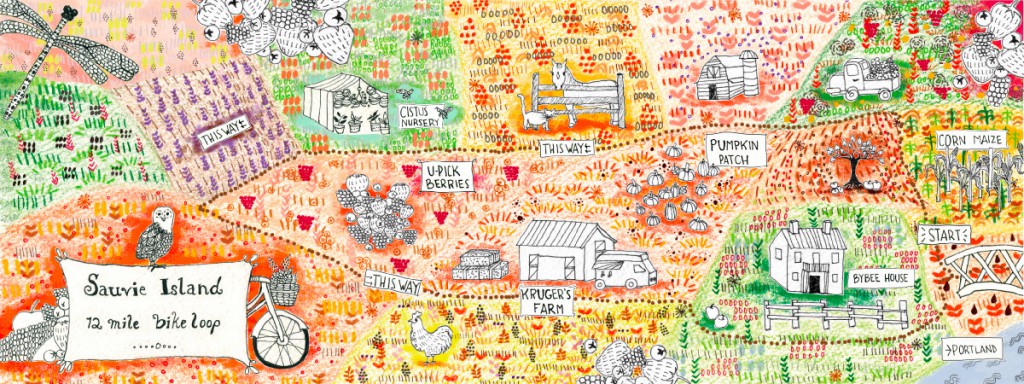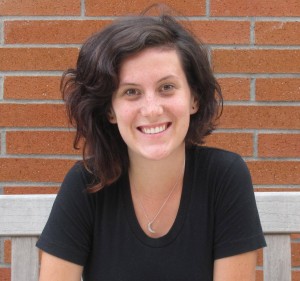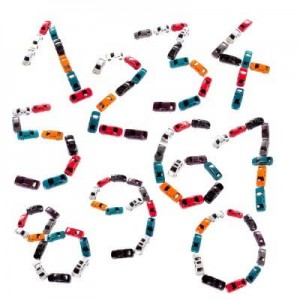
YOU(TH) INSPIRED ACTION
It wasn’t until I sat though yet another community meeting that it clicked. Standing in front of me were three, amazing, passionate teachers from The Sauvie Island Academy. Grinning, talking about something I had never heard before “place-based education”? Was this real? Are their ELEMENTARY students taking part in a wetland restoration project on the Island? The community engagement side of me was busting at the seams. I wanted to scream right then and there—in this community association meeting- “THIS IS PERFECT!” Patiently waiting, I approached the teachers after the meeting (one of which was actually the school administrator) to introduce myself and the project—while slyly injecting that I would be thrilled to work with their students on a project involving our planning process.
Two months later (and a very long Christmas break), we’ve made progress. I met with Darla, the school administrator to discuss the obvious importance of engaging youth in planning. I made a “Maia PowerPoint” (a long standing joke that I am a PowerPoint PRO with old classmates), and impressed her with my Jane Jacobs quote, “Cities have the capability of providing something for everybody, only because, and only when, they are created by everybody.” I left her office with a date in my calendar for presenting my idea (and bomb PowerPoint) to all of the teachers! The next week, I presented my idea/our planning project to the teachers and shared really great ideas. Ultimately, I left with a project team of 24 6-8 graders that are going to help me collect data and conduct outreach for our Sauvie Island/Multnomah Channel Rural Area Plan update.
Using the amazing resources that were provided me through RARE, I connected with Jessie Stewart from Y-PLAN. Y-PLAN is a program through University of California Berkley’s Center for Cities & Schools. Essentially, it’s a model for youth civic engagement in city planning and policy-making. Working with Jessie gave me really great insight to how I can utilize my super “project team” – A.K.A. 6-8 graders–to create a robust youth engagement project. She sent me sample templates, work products and ideas that I can adapt to my project. Using all of her advice, we kicked off our project on Wednesday (1/21/2014) with a tour of Sauvie Island.
The morning began with a presentation to the team—sort of a planning 101. I posed the question: “How many of you know what urban planning is?”— Not one single hand went up. I continued my presentation with a little history about why Sauvie Island looks the way it does -shockingly rural, especially since it’s technically in Portland. We did a 10 minute mapping exercise and by that time the team was eager to be getting out of the classroom. Let the adventure begin!
We started at Colombia Farms and had the farmers (they own 1,000 acres) talk about their farm and the issues that surround farming on the island. They gave us a very comprehensive tour of their farm and even made a fire for the kids to keep warm! Following the farm, we went to the Fire Station and had a volunteer fireman talk about the area they serve and some of the problems that they face on the island (poor response times because of traffic, can’t see addresses on houseboats, there are no fire hydrants, etc). The team got a kick out of all of the fire trucks and “Rescue Randy”- the dummy they use for trainings. After the fire station, we went to the Sauvie Island Park and Ride to talk about transportation on the island, transit and biking, and the bridge. By the end, the team was frozen and ready for lunch. We ended field study with a worksheet that helped the project team reflect on what they learned on the tour.
Driving home from Academy, grinning ear to ear, I couldn’t help but feel excited for what’s coming next….
 About the Author: Maia received her Bachelor of Science in Urban and Regional Planning and Non-Profit Management from Eastern Michigan University. In her last few months as a student, Maia was as the Ypsilanti Representative for the Millennial Mayors Congress where she met with elected officials and civil leaders to discuss pertinent and pressing issues facing the Detroit-metro region. Realizing her passion for planning and community development, Maia decided to dedicate herself to serving communities in need, making her a perfect fit for the RARE AmeriCorps Program. Maia is placed with the Multnomah County Land Use & Transportation Planning Division.
About the Author: Maia received her Bachelor of Science in Urban and Regional Planning and Non-Profit Management from Eastern Michigan University. In her last few months as a student, Maia was as the Ypsilanti Representative for the Millennial Mayors Congress where she met with elected officials and civil leaders to discuss pertinent and pressing issues facing the Detroit-metro region. Realizing her passion for planning and community development, Maia decided to dedicate herself to serving communities in need, making her a perfect fit for the RARE AmeriCorps Program. Maia is placed with the Multnomah County Land Use & Transportation Planning Division.


